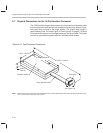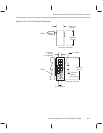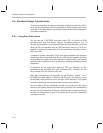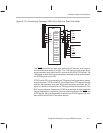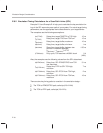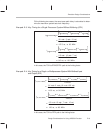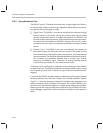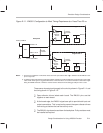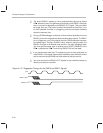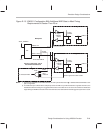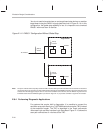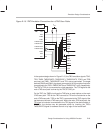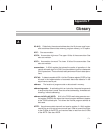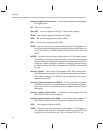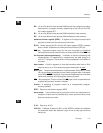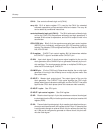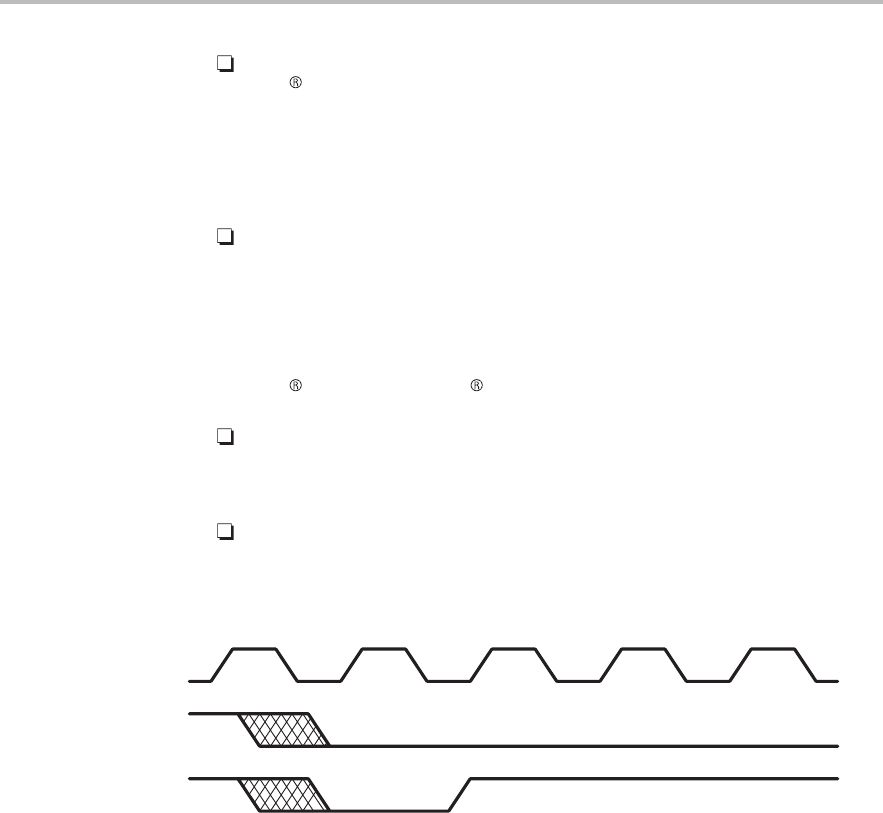
Emulation Design Considerations
E-22
The bused EMU0/1 signals go into a programmable logic array device
PAL
whose function is to generate a low pulse on the EMU0/1-IN signal
when a low level is detected on the EMU0/1-OUT signal. This pulse must
be longer than one TCK period to affect the devices but less than 10 µs
to avoid possible conflicts or retriggering once the emulation software
clears the device’s pins.
During a RUNB debugger command or other external analysis count, the
EMU0/1 pins on the target device become totem-pole outputs. The EMU1
pin is a ripple carry-out of the internal counter. EMU0 becomes a
proces-
sor
-
halted
signal. During a RUNB or other external analysis count, the
EMU0/1-IN signal to all boards must remain in the high (disabled) state.
You must provide some type of external input (XCNT_ENABLE) to the
PAL
to disable the PAL from driving EMU0/1-IN to a low state.
If you use sources other than TI processors (such as logic analyzers) to
drive EMU0/1, their signal lines must be isolated by open-collector drivers
and be inactive during RUNB and other external analysis counts.
You must connect the EMU0/1-OUT signals to the emulation header or
directly to a test bus controller.
Figure E–12. Suggested Timings for the EMU0 and EMU1 Signals
EMU0/1-IN
EMU0/1-OUT
TCK



